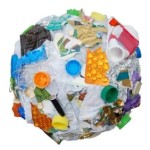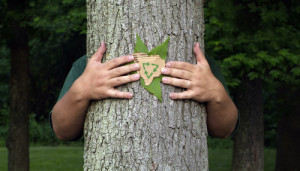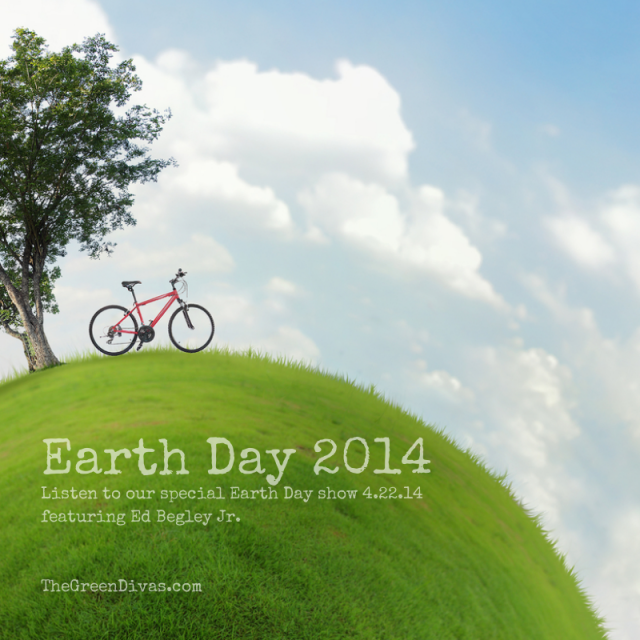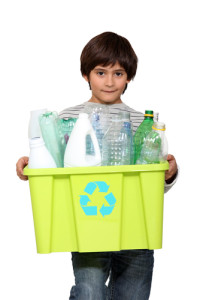Prior to 1970, there were no legal or regulatory mechanisms to protect our environment.
In the spring of 1970, Senator Gaylord Nelson created Earth Day as a way to call attention to the importance of protecting our planet. Twenty million Americans demonstrated in various U.S. cities, and it worked!
Less than 50 years later, our planet is at a turning point. This is do or die. As the Earth Day website states:
“If the right investments are made now, this unique opportunity will be the catalyst for dramatic changes in the built environment and the fight against carbon emissions and climate change.”
Before you check out the 8 ways to celebrate Earth Day, I hope you’ll listen to the special Earth Day edition of the Green Divas Radio Show, featuring environmental superhero Ed Begley Jr.!
Here are 8 Things You Can Do To Celebrate Earth Day 2014 on Tuesday, April 22nd!*
1. Buy organic and local whenever possible
“Understanding the resources that go into producing our meals can make us more aware of the relationship between food and climate change, and help us make better choices,” says David Suzuki, an award-winning scientist, environmentalist, and broadcaster. Think about it. How much energy is used to produce the food you are eating? How far did it travel before it landed on your table? What kind of chemicals were used to grow your produce? Did you know that each year, nearly one billion pounds of pesticides are sprayed into fields and orchards around the country?
2. Be mindful of plastic
Use refillable containers for water, coffee, and other beverages. Say no to soda! Stop drinking bottled water. Plastic leaches into water and pollutes the Earth. Plastic needs about 450 years just to start decomposing. Then, it takes another 50 to 80 years to decompose completely. Plastic also ends up in our oceans. How? Trash is carried to the ocean via sewage drains. It also gets swept from our beaches by wave and surf, or gets blown offshore, especially during heavy storms. Trash also comes from ships and offshore platforms, despite the fact that dumping plastic at sea has been banned since 1988.
3. Unplug appliances
Energy is generated and drawn even when appliances are turned off. According to ABC News, a “typical family spends $120 dollars per year on so-called ‘vampire appliances,’ from cable and DVR boxes to cordless phone chargers, microwave ovens and video game consoles.” The only way to completely prevent such appliances from using standby power is to unplug them.
4. Read labels
Educate yourself by reading the ingredients on a label. If you can’t pronounce it, you most likely cannot digest it, unless you are reading a label written in Latin. Look up food ingredients. That’s what Google is for.
Thanks to all the processed foods in the standard American diet (SAD), there are over 14,000 man-made chemicals added to food in the form of preservatives, artificial sweeteners, and colors. The produce aisles, meanwhile, are contaminated with pesticides and herbicides.
To learn more read Chemicals In Your Shopping Cart.
5. Flip of the switch
Turning off the lights when you leave a room is an easy way to save energy! The most-energy efficient bulb of all is one that’s turned off when not in use. Don’t throw away energy! Artificial lighting is responsible for about 15 % of a home’s electricity use. That means turning off the lights can definitely reduce your home’s energy use—and your family’s energy bill!
Whenever I travel and land in a city at night, I marvel at all the wasted electricity. Why do all these store fronts have to keep their lights on? Over-illumination is the excessive use of light. Within the United States, over-illumination is responsible for approximately two million barrels of oil per day in energy wasted. This is based upon U.S. consumption of roughly 18.8 million barrels per day (2,990,000 m3/d) of petroleum.
Light pollution competes with starlight in the night sky in urban residents, and like any other form of pollution, it disrupts ecosystems and has adverse health effects, such as widespread insomnia.
6. Bee the Change
Our bees, along with other pollinators like butterflies and bats, are dying all over the world thanks to systemic pesticides and modern agriculture. Consider hosting a movie night and watching Vanishing of the Bees. Education is the first step toward effecting change. To save bees, support farmer’s markets, get rid of home use of chemicals, buy local honey, and vote with your fork!
7. Use biodegradable cleaning and beauty products
All the big brands in beauty and cleaning use nasty chemicals that are linked to cancer, asthma, birth defects, and developmental disabilities, as well as reproductive, cardiovascular, and immune system disorders. Many of these chemicals are stored in our bodies and accumulate over time to cause health problems after years of gradual exposure.
Learn more about chemical body burden by watching Unacceptable Levels.
Yekra Player
Yekra is a revolutionary new distribution network for feature films.
Unacceptable Levels examines the results of the chemical revolution of the 1940s through the eyes of affable filmmaker Ed Brown, a father seeking to understand the world in which he and his wife are raising their children. To create this debut documentary, one man and his camera traveled extensively to find and interview top minds in the fields of science, advocacy, and law. Weaving their testimonies into a compelling narrative, Brown presents us with the story of how the chemical revolution brought us to where we are, and of where, if we’re not vigilant, it may take us.
8. Recycle
There are many reasons to recycle, but the short list includes:
• It saves money.
• It improves efficiency.
• It reduces energy use.
• It saves landfill space.
• It improves air quality.
• It improves water quality.
• It reduces the rate of global warming.
Recycle paper products, cans, and plastics in designated bins and take electronics, bulbs, and batteries to places that recycle them like Home Depot. And consider composting instead of throwing away produce to help nourish Earth and grow more food.
- “In 2012, Americans generated about 251 million tons of trash and recycled and composted almost 87 million tons of this material, equivalent to a 34.5 percent recycling rate. On average, we recycled and composted 1.51 pounds of our individual waste generation of 4.38 pounds per person per day,” according to the Environmental Protection Agency.
- The amount of wood and paper we throw away each year is enough to heat 50,000,000 homes for 20 years.
- If all our newspaper was recycled, we could save about 250,000,000 trees each year!
In a lifetime, the average American will personally throw away 600 times his or her body weight. For an average adult, that’s a legacy of 90,000 pounds of trash at the end of their lifetime.
Aluminum
- One ton of recycled aluminum saves:
- 14,000 kWh of electricity.
- 1,663 gallons of oil.
- 237.6 million Btu’s of energy.
- 10 cubic yards of landfill space.
Paper 
- One ton of recycled paper saves:
- 4,100 kWh of electricity.
- 380 gallons of oil.
- 54 million Btu’s of energy.
- 4.6 cubic yards of landfill space.
- 7,000 gallons of water.
- 17 trees
Plastic
One ton of recycled plastic saves:
- 5,774 kWh of electricity.
- 685 gallons of oil.
- 98 million Btu’s of energy.
- 30 cubic yards of landfill space.
BONUS: Listen to this special Green Divas Earth Day 2014 interview with Ed Begley Jr.!
* The Green Divas hope you will join us in celebrating Earth Day every day. ~ GD Editor.
Photos via shutterstock.

